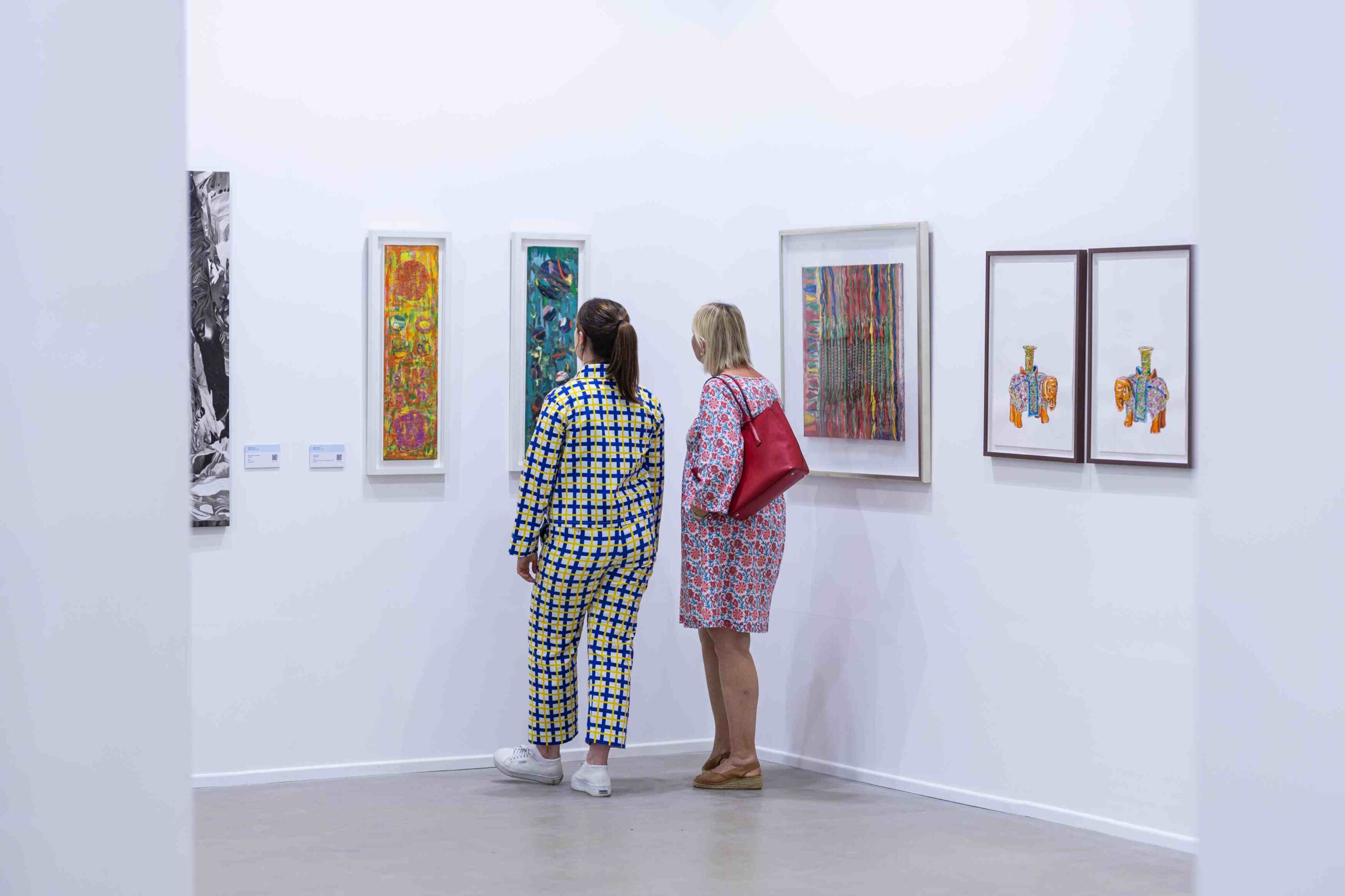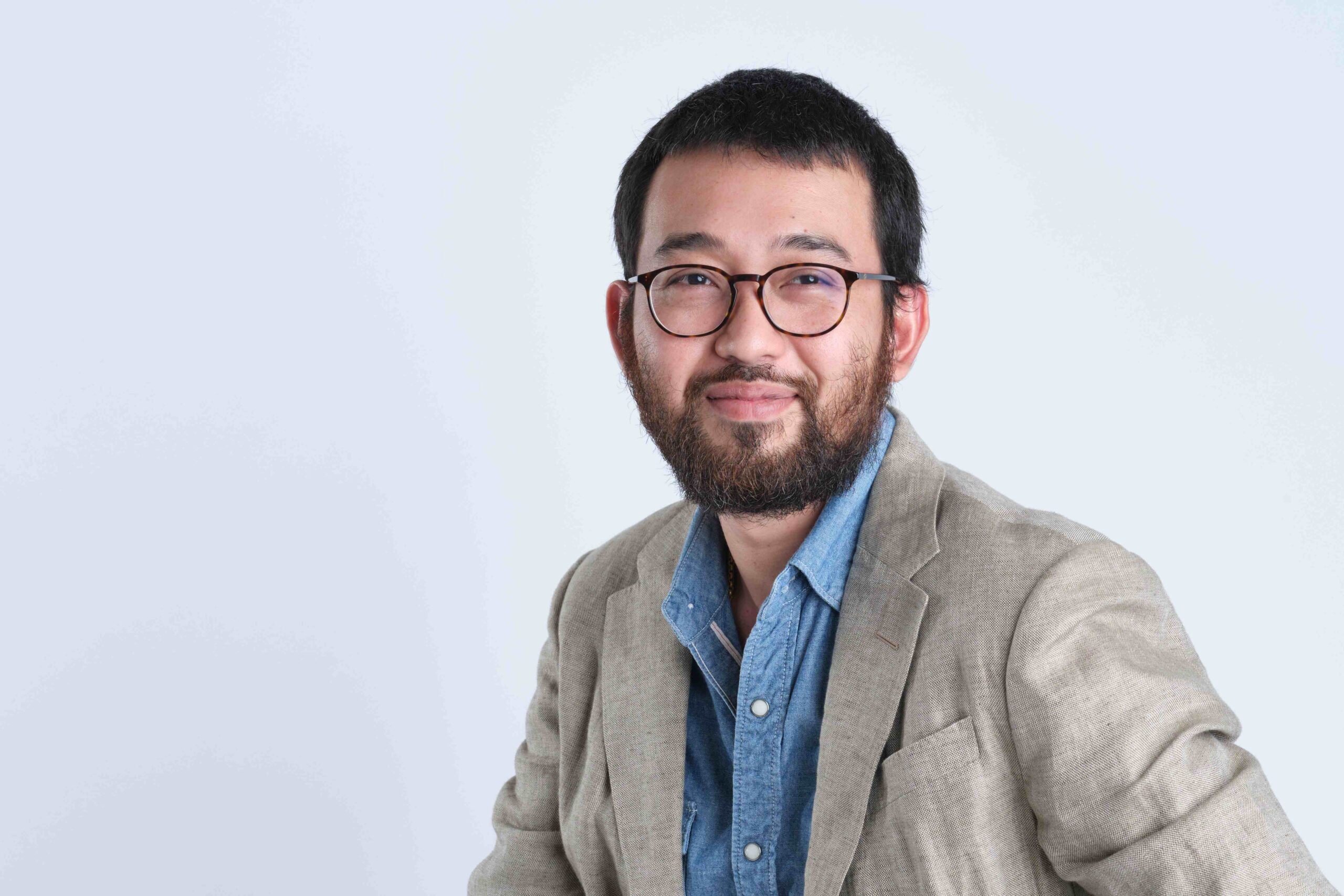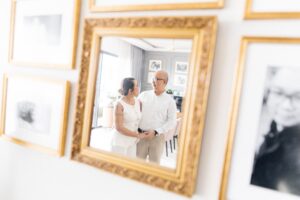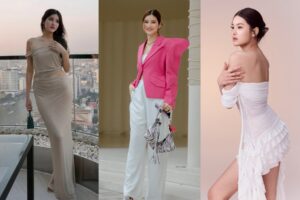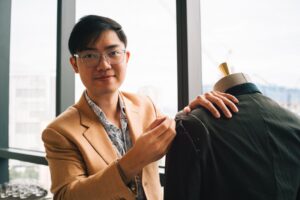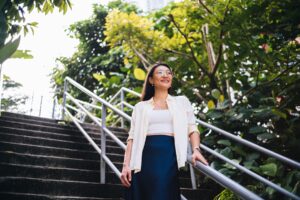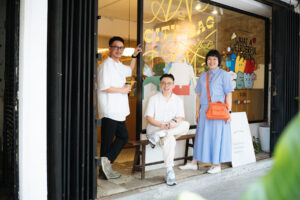With technology playing an increasingly important role in various aspects of human life, the 2024 exhibition will explore the intriguing interplay between humanity and technology, as well as what gives distinctiveness to being human in the midst of an impending technological confluence. Titled Serial and Massively Parallel, the showcase will see a curated assembly of artworks from 22 galleries and more than 40 artists from around the world responding to the theme. Poklong Anading (Philippines), Apichatpong Weerasethakul (Thailand), Mella Jaarsma (Indonesia), and Tan Zi Hao (Malaysia) are some names to watch.
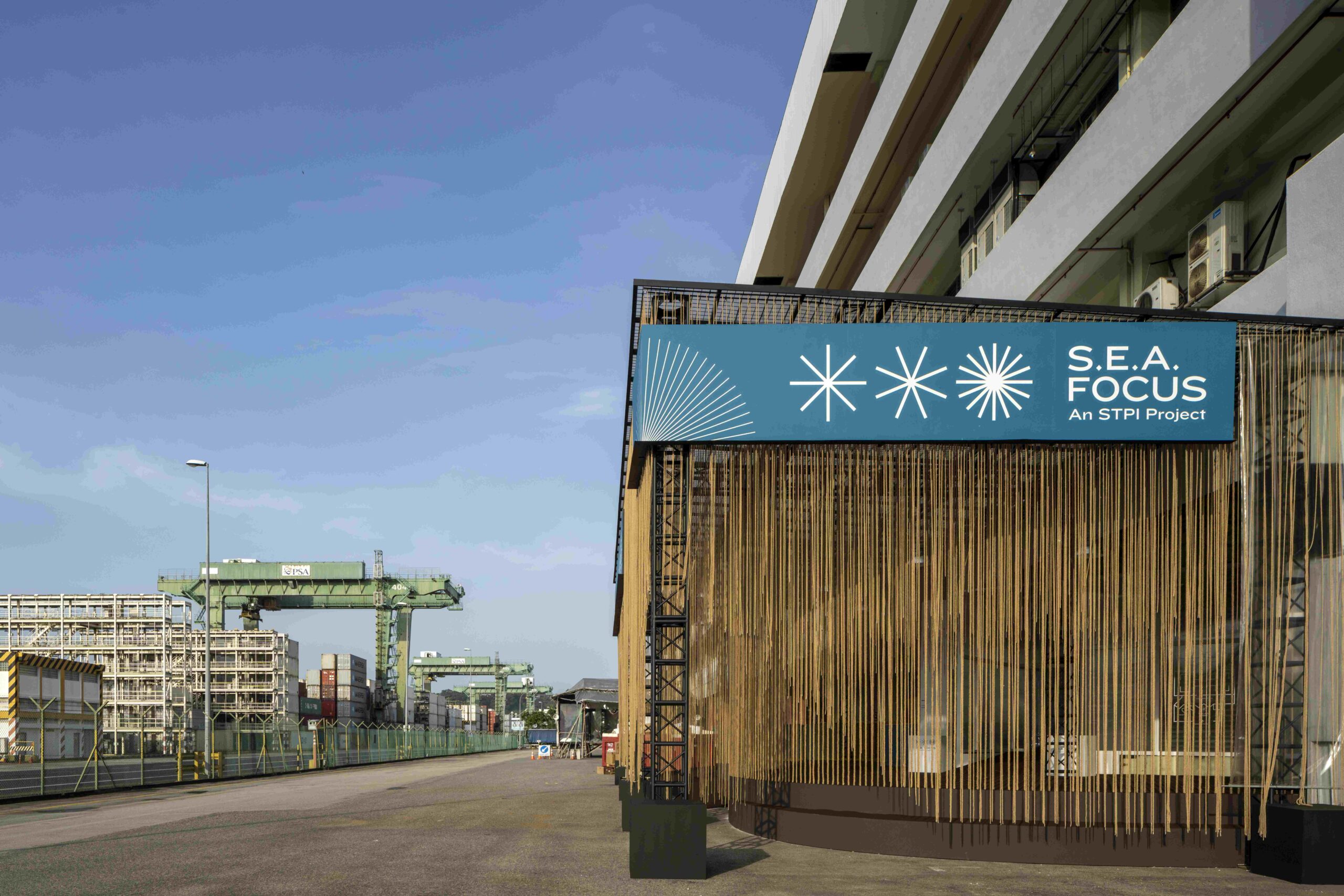
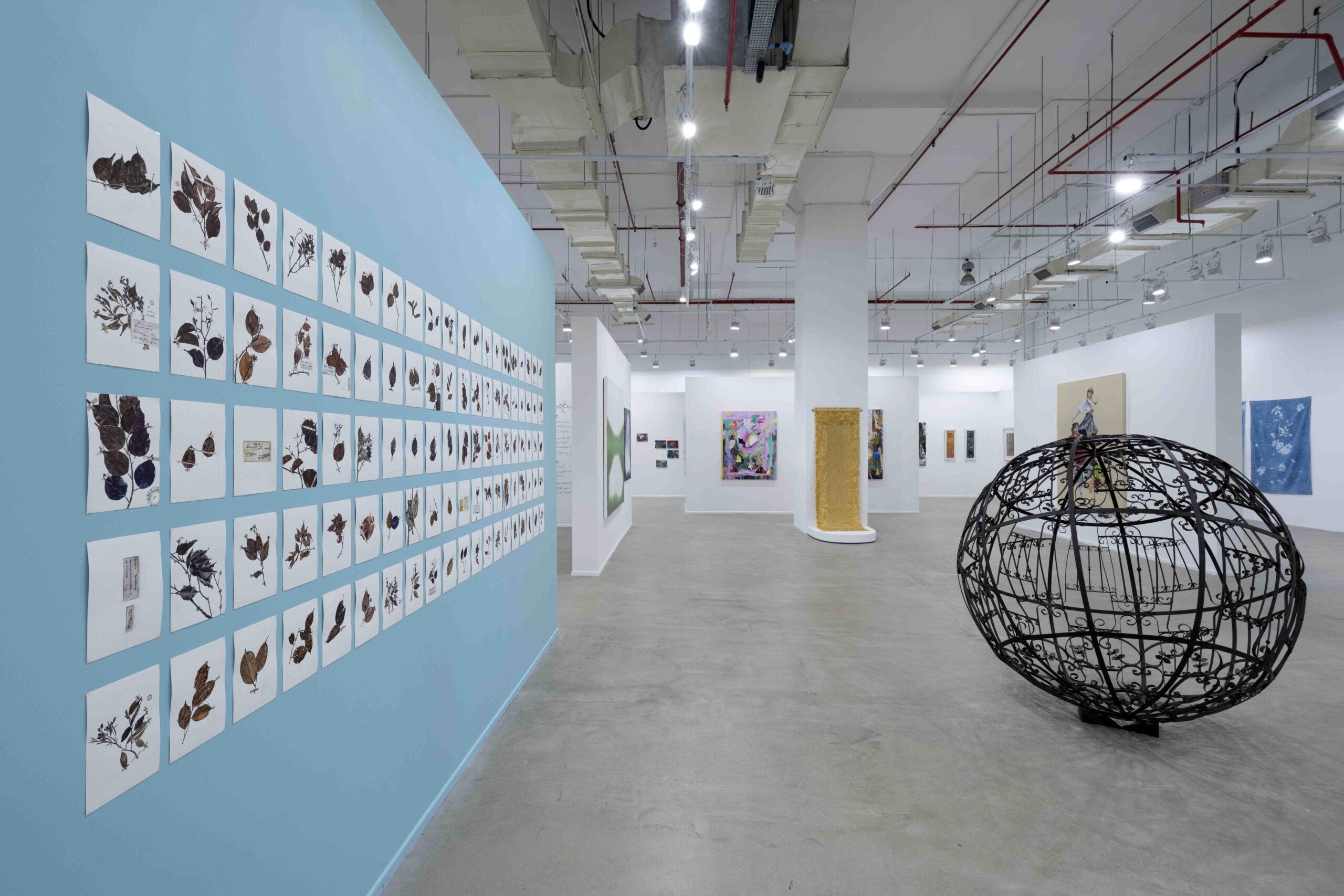
Visitors will be able to experience more large-scale and off-the wall artistic creations by the likes of Thai artist and auteur Apichatpong Weerasethakul and Indonesian artist FX Harsono (Baik Art). There will also be an opportunity for collectors to have first dibs and acquire these artworks at the preview. Alongside the main exhibition, S.E.A. Focus 2024 will see the return of its signature programmes such as their SEAspotlight talks and OFF FOCUS to spark meaningful discourse and to foster the appreciation of the moving imagery as an art medium. Visitors to the exhibition can also spend time at the designated screening room to view the video works of artists like Wu Chi-Yu from Taiwan (TKG+) and Anida Yoeu Ali from Cambodia (Wei-Ling Gallery).
Curating S.E.A. Focus for the first time is John Tung, a curator with extensive experience through his work with the Singapore Art Museum (SAM), Singapore Biennale, Singapore International Photography Festival, and numerous other independent engagements. His selection of works for S.E.A. Focus 2024 poses questions about the nature of creativity, the evolving landscape of artistic expression in an increasingly digital age, and the experience of art as a uniquely human endeavour and phenomenon.
FirstClasse: What drew you to contemporary art and curatorship to begin with?
John Tung: During my MA in Cultural Management at the Chinese University of Hong Kong, my dissertation was focused on cultural policy. Following my graduation, I had the opportunity to take on the role of Assistant Curator at the Singapore Art Museum, then under the directorship of Dr Susie Lingham. While I had curated exhibitions prior to this, working in the museum and working with artists to realise new artwork commissions offered the perfect opportunity to engage with the current and urgent ideas of the times. I saw exhibitions as being able to go beyond storytelling, serving as a vehicle for proposing important ideas and delivering proposals towards the betterment of humanity. It was a democratic means of disseminating policy – especially if one is to take policies as instruments of societal engineering. An audience member could be moved enough to change themselves or disregard my proposal in entirety, never being obliged to concur with me. For almost a decade now, working with artists to realise new commissions with currency has been a mainstay of my practice.
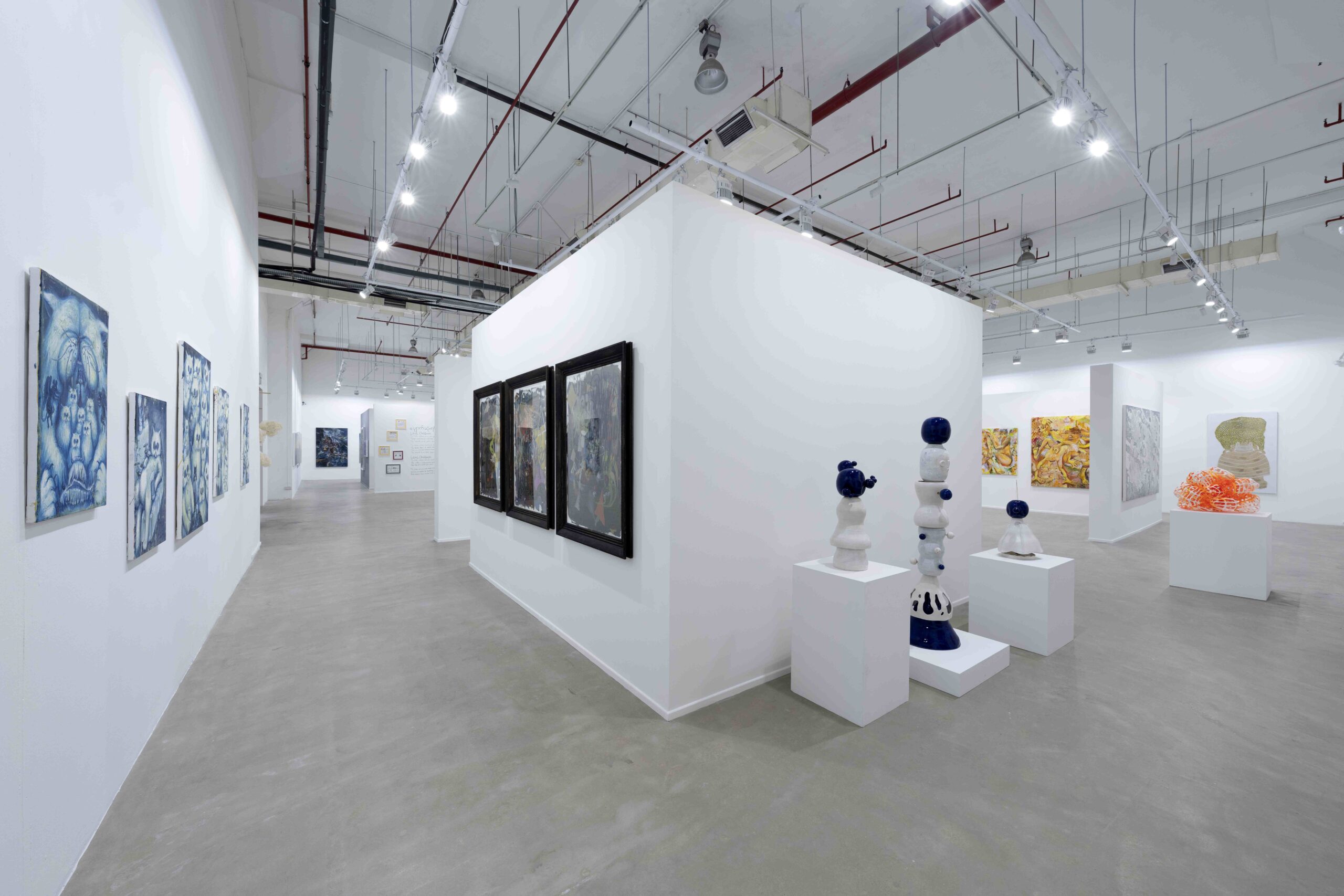
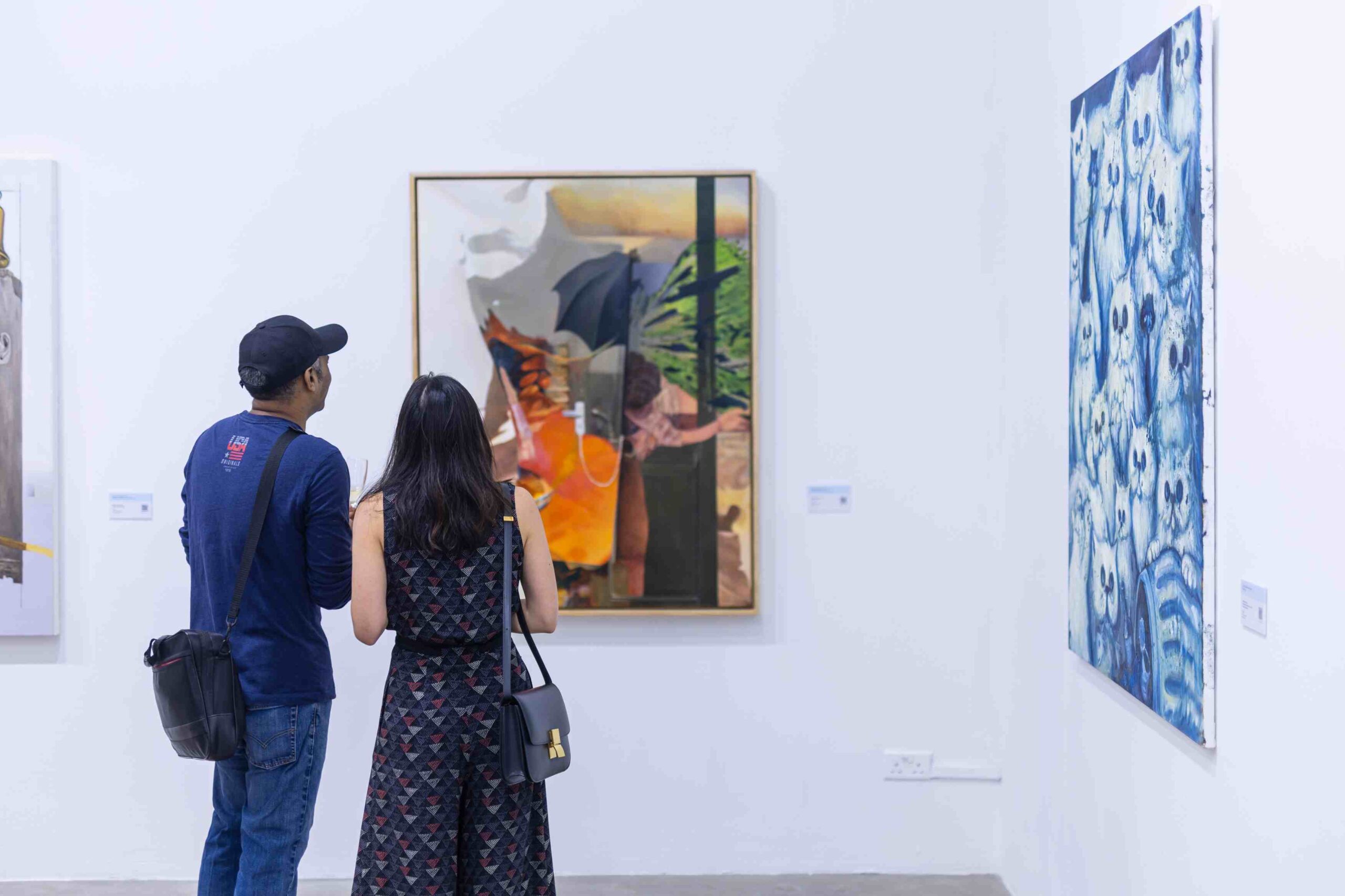
Many visitors sometimes take for granted the work of a curator. They are often hidden figures behind the presentation. Hans Obrist uses the words “catalyst” and “dialogue” to describe the function of a curator. Felix Feneon describes it as “a pedestrian bridge between art and public”. For the uninitiated, how do you define the work you do?
I am a producer, an exhibitions-maker, an educator, an engineer, a wordsmith, a translator, a shaman (at times), but above all else, I am a caretaker that always has on hand some balm for humanity’s soul.
Which exhibitions influenced you the most as you were starting to curate your own shows? And subsequently, what has been a memorable exhibition you have participated in?
I can’t say that I’ve been strongly influenced – at least conceptually – by many of the exhibitions I had encountered in my formative years. I have long held that being creative necessitates a certain degree of “forgetfulness” – lest one ends up writing like whoever they read, curating like whoever they follow. It is good to not sensationalise and idolise too much.
That being said, an exhibition that had completely blown me away in recent years was Wayfinder: Larry Achiampong & JMW Turner curated by Larry Achiampong at Turner Contemporary in Margate. I was floored by the integration of newly commissioned works, collection pieces from Turner, and public programmes (a literal gaming room where families could sit down and play Zelda) that formed a complete and holistic exhibition-going experience. I would love to shake his hand and congratulate him.
On memorable exhibitions from my career, The Forest Institute which was co-initiated with Robert Zhao Renhui and Randy Chan would most certainly be a highlight. The large-scale architectural art installation from Randy housed a research installation from Robert, and entailed a Forest Observation Room that allowed for guests to book overnight stays for peaceful observation of the forest surrounding the Gillman Barracks precinct in Singapore. The work blurs the lines between art and architecture, the artwork and the exhibition, history and artistry, and is the closest I have ever come to realising a Gesamtkunstwerk – or a “complete work of art”.

You were previously an assistant curator at the Singapore Art Museum before branching out on your own installing exhibitions in various independent spaces. Could you describe the differences, if any, of working inside and outside official institutions? Does one offer more grounds for experimentation?
I don’t think one space offers more opportunities for experimentation than the other. Experimentation can take place physically at even the smallest of scales, and cognitively as far as imagination allows. It’s certainly a misconception that being independent equates to being “free”, the same responsibilities still exist, and perhaps more liabilities become apparent. If there is a key difference I should necessarily highlight, that would be the financial precarity of the “independent” cultural worker – be it an artist, academic, or curator. What is the median wage in any particular country, and how many artworks, essays, curations does that translate to based off prevailing market rates?
Let’s discuss your upcoming show at S.E.A Focus 2024. How did you arrive at your curatorial statement? What does your typical process look like?
The theme of S.E.A Focus 2024 came up over the course of a conversation with Emi Eu (Executive Director of STPI and Project Director of S.E.A. Focus) where we chat about the rise of artificial intelligence in art-making. I recall drawing on my own personal experience as an educator in LASALLE where I teach an elective on curating, and the increasing prevalence of ChatGPT use amongst students and the regular circulars sent out by the school about guidelines governing its use. It was apparent to me that anxieties pertaining to the use of AI were mounting, though it hadn’t undermined its popularity. I believed that S.E.A. Focus would be an ideal barometer to assess AI’s significance in contemporary art-making circumstances, and crafted the curatorial statement to inspire the submission of artworks from our participants that clarified its function and prevalence.
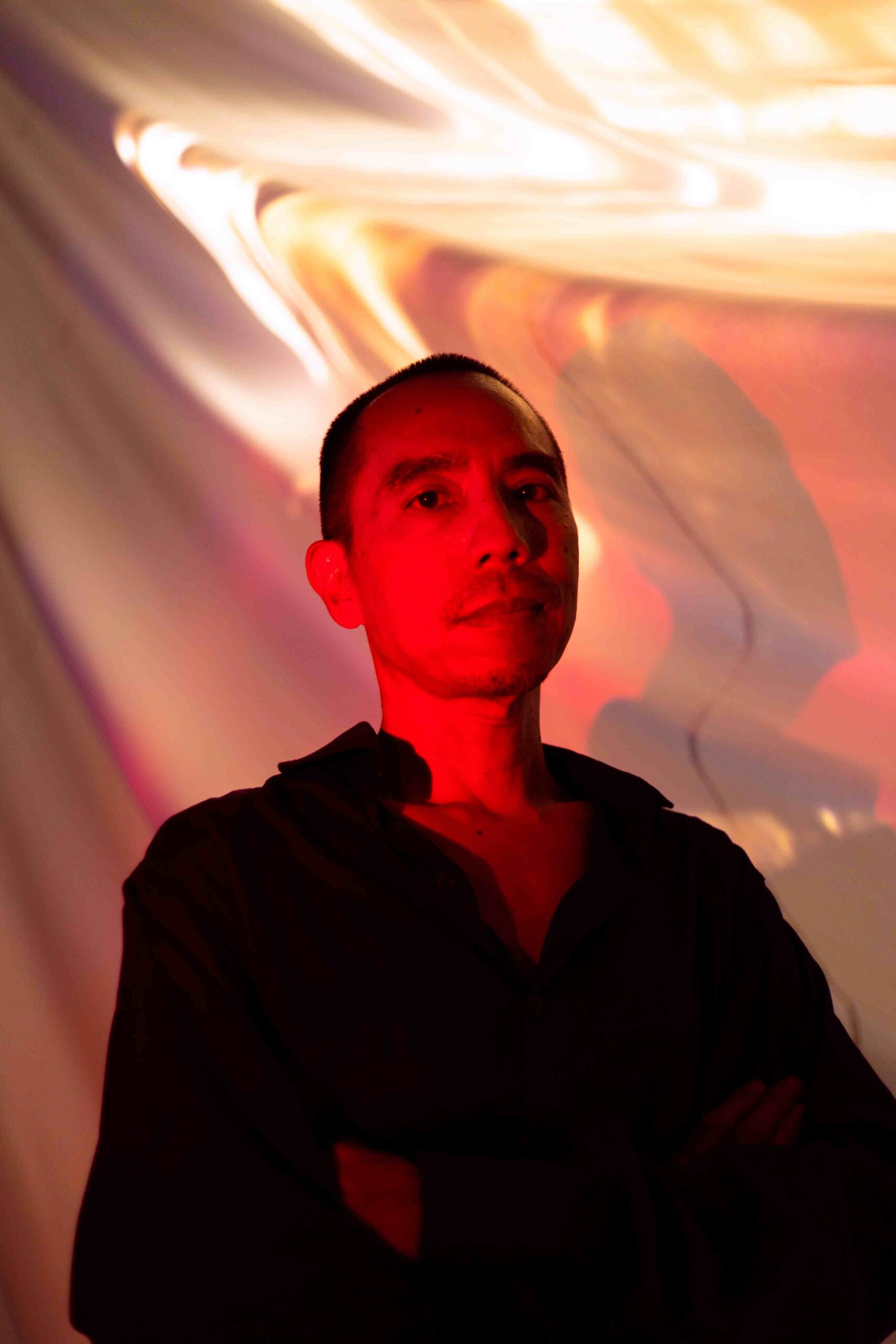
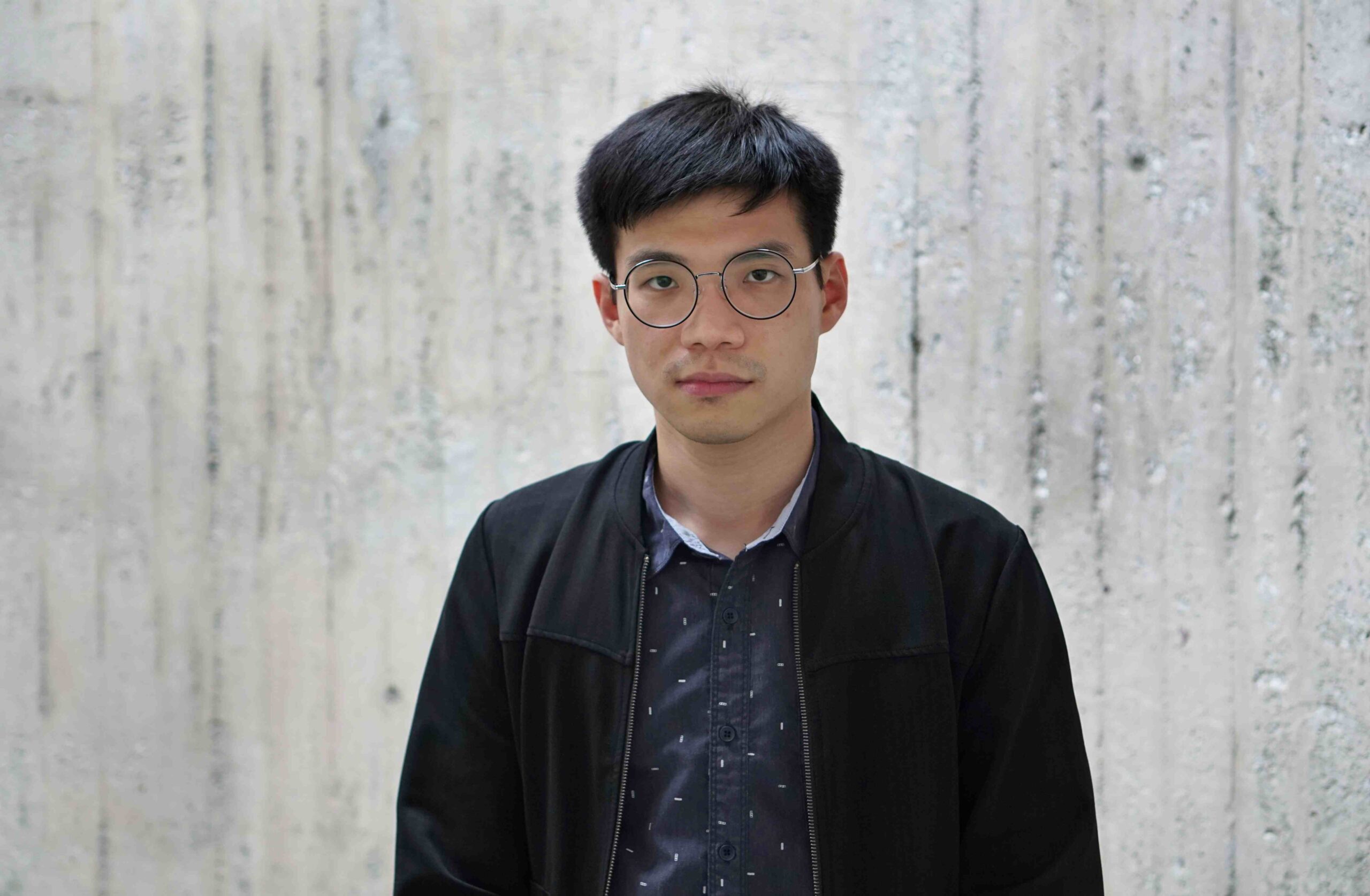
Could you speak a little about the conception of this show and the artists that you’re working with? Who are they and why did you decide to approach them?
The title of this upcoming edition Serial and Massively Parallel, is a specific reference to how the human mind operates, in contrast to a computer which is largely serial. The human brain is able to receive input from a multitude of bodily senses, process it while cross-referencing past experiences, to arrive at a determination. This is significant enough in both the creation and experience of art that dared me to draw the conclusion that perhaps the aesthetic experience would emerge as the distinguishing factor in an epoch of competing (biological and artificial) intelligences.
In that respect, it was important to contextualise AI within the broader scope of artistic practices that exist in the contemporary, rather than give focus to AI alone. We invited galleries to submit artworks in response to the curatorial statement, and we were glad to receive a smorgasbord of options that exemplified, complicated, critiqued, and embraced our digital predicament. The works that we welcomed, beyond fitting into these criterion, were considered based on how well they would cohere within the space to disambiguate the curatorial premise thoroughly.
Without singling out any artist in particular, I can divulge that the show platforms a gamut of practices spanning the highly technological and futuristic, to the artisanal and handmade. In its presentation, I welcome audiences opportunities to glean reflections of their daily encounters whilst recognising the histories that preceded the moment and the futures that may come.
